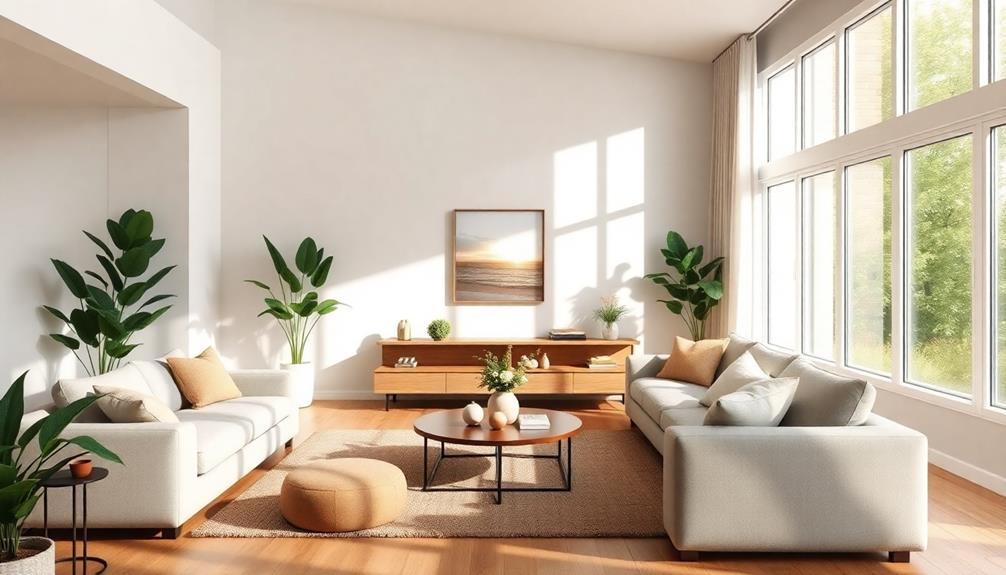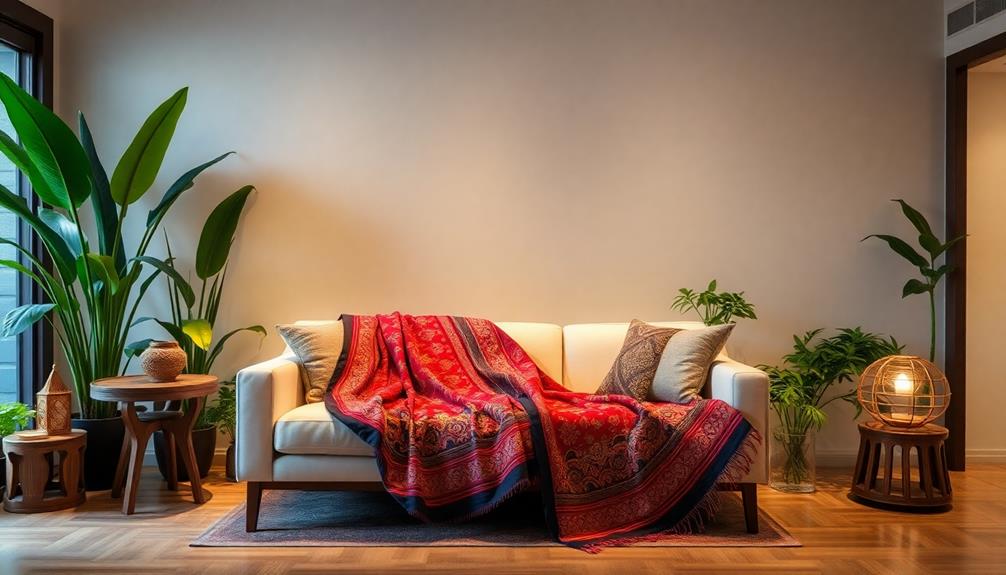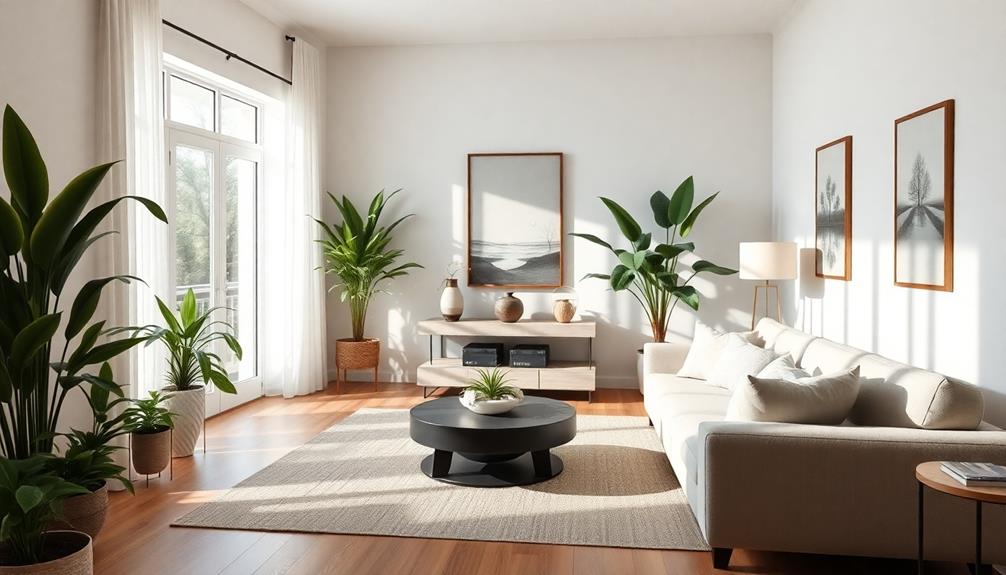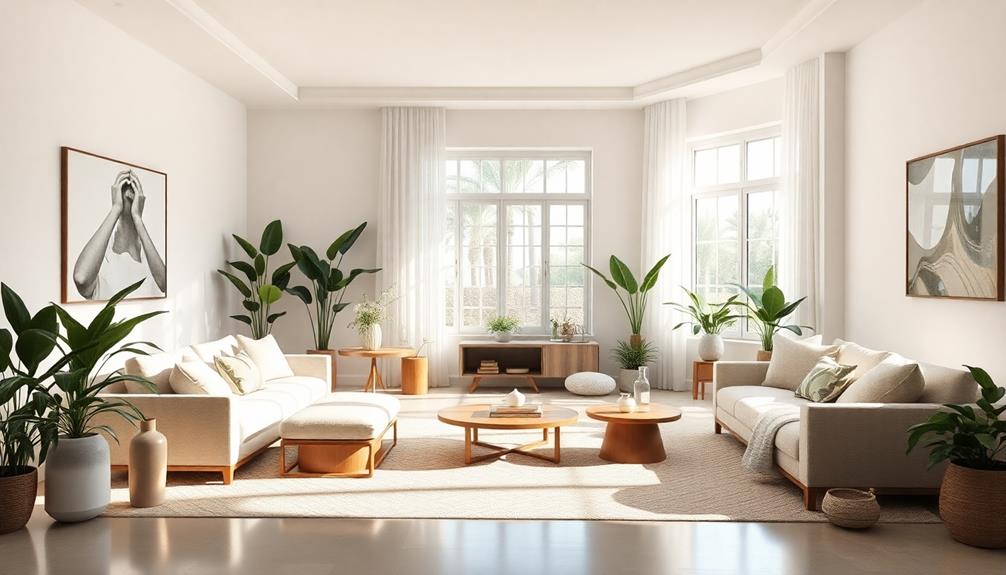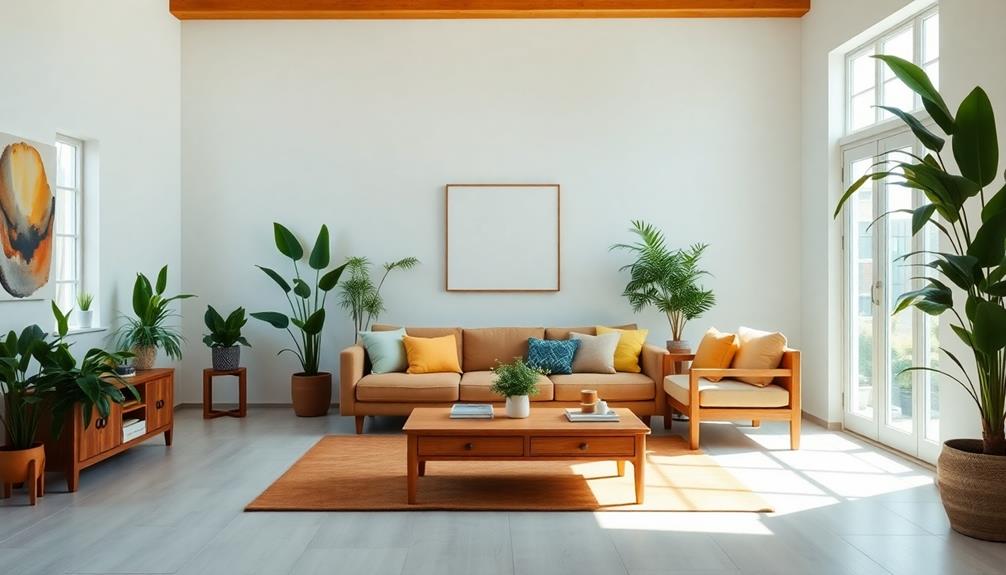If you're curious about top predators in ecosystems, a quaternary consumer is the apex predator that preys on tertiary consumers, essential for balancing the food chain. Maintaining this delicate harmony guarantees stability and diversity within the ecosystem. Learn more about their fascinating role in sustaining the intricate web of life!
Key Takeaways
- Quaternary consumers are top predators in ecosystems.
- They feed on tertiary consumers.
- Help maintain ecosystem balance by regulating lower trophic levels.
- Examples include lions and sharks.
- Key for preserving biodiversity and controlling population dynamics.
Consumer Levels Overview
Understanding the different consumer levels in an ecosystem is necessary for grasping the dynamics of food chains. At the top of the trophic levels are the quaternary consumers, also known as top predators. These apex predators, such as lions, sharks, eagles, and polar bears, play a pivotal role in maintaining ecosystem balance.
By preying on tertiary consumers, quaternary consumers help regulate the populations of lower trophic levels, preventing overpopulation that could disrupt the ecosystem.
Ecosystem management heavily relies on the presence and behavior of quaternary consumers. Their impact cascades down the food chain, influencing the abundance of various species and shaping the overall structure of the ecosystem.
Conservation efforts often focus on protecting these top predators to guarantee the stability and health of the ecosystem as a whole. Thus, studying the interactions and roles of quaternary consumers is essential for effective ecosystem management strategies.
Tertiary Consumer Definition

Tertiary consumers, existing at the fourth trophic level, play an important role in food chains by preying on secondary consumers. These organisms, such as hawks, sea turtles, and foxes, are vital in maintaining the balance within ecosystems.
By feeding on animals like snakes that are secondary consumers, tertiary consumers help regulate the populations of lower trophic levels. This regulation is crucial for the overall health of the ecosystem, ensuring that no one species overpopulates and disrupts the natural order.
Without tertiary consumers, there would be a risk of unchecked growth in the populations of organisms at lower trophic levels, leading to potential imbalances in the food chain. As a result, these predators are fundamental in controlling the numbers of secondary consumers and maintaining the stability of the entire ecosystem.
Through their feeding habits, tertiary consumers contribute significantly to the intricate web of life within food chains.
Tertiary Consumer Examples

Examples of tertiary consumers in various ecosystems include sea turtles, hawks, foxes, and other predators positioned at the fourth trophic level. These animals play a pivotal role in regulating populations of both primary and secondary consumers, contributing to the overall balance of their respective ecosystems. Here are some specific examples of tertiary consumers:
| Tertiary Consumers | Ecosystem |
|---|---|
| Sea Turtles | Marine environments |
| Hawks | Terrestrial habitats |
| Foxes | Terrestrial habitats |
| Snakes | Various ecosystems |
| Sea Lions | Marine environments |
Sea turtles and sea lions primarily feed on smaller marine animals, while hawks and foxes hunt for rodents and small mammals in terrestrial environments. Snakes are known to consume a variety of prey, including birds, rodents, and other reptiles. Understanding the role of these tertiary consumers in different ecosystems is essential for maintaining biodiversity and ensuring the health of food chains.
Functions of Tertiary & Quaternary Consumers

You play a vital role in maintaining ecosystem balance as a tertiary or quaternary consumer. By regulating population levels of lower trophic levels, you help guarantee the health of the entire food chain.
Your impact on population control is essential for the stability and sustainability of the ecosystem.
Role in Ecosystem Balance
Tertiary consumers, by controlling lower trophic levels and regulating secondary consumer populations, play an essential role in maintaining ecosystem stability. For example, the interaction between foxes, hares, and hawks showcases how tertiary consumers influence population control and biodiversity within an ecosystem.
On the other hand, quaternary consumers act as apex predators, such as lions and sharks, contributing significantly to nutrient cycling and overall ecosystem health. Their presence helps in balancing the ecosystem by controlling populations of lower trophic levels and indicating the overall health of the ecosystem. The functions of quaternary consumers are crucial in sustaining biodiversity and ensuring that the ecosystem remains in a state of equilibrium.
Both tertiary and quaternary consumers are indispensable components in maintaining ecosystem balance, playing key roles in nutrient cycling, ecosystem stability, and population control.
Impact on Population Control
Tertiary and quaternary consumers directly influence population control in ecosystems through their distinct roles as regulators of lower trophic levels and apex predators, respectively.
Tertiary consumers like foxes play an essential role in controlling the population of secondary consumers, such as hares, ensuring a balanced ecosystem. Additionally, hawks, also tertiary consumers, help in managing the behavior and population of lower trophic levels within food chains.
Quaternary consumers, like eagles, contribute to nutrient cycling within their habitats, further impacting population dynamics. These apex predators, including species like polar bears, hold a critical position in the food chain without natural predators, allowing them to regulate populations and maintain ecosystem balance effectively.
Through their interactions with lower trophic levels and their predatory nature, tertiary and quaternary consumers play a significant role in shaping the population dynamics and overall health of ecosystems.
Lesson Summary on Trophic Levels

In this lesson summary on trophic levels, we explore the intricate hierarchy of energy transfer within ecosystems.
The trophic levels in a food chain represent the position an organism occupies in the energy pyramid.
At the top of this pyramid are the apex predators, known as quaternary consumers, which play a vital role in maintaining ecosystem balance.
These predators feed on tertiary consumers, controlling their populations and preventing them from overpopulating and disrupting the ecosystem.
Examples of quaternary consumers include lions, polar bears, and sharks.
Understanding the role of these top predators is important for conservation efforts and maintaining biodiversity.
Due to their position at the highest trophic level, quaternary consumers have few or no natural predators in their habitats, highlighting their significance in regulating the entire ecosystem.
Importance of Consumer Levels

With their role as apex predators, quaternary consumers hold significant importance in ecosystem dynamics. These organisms that consume lower trophic levels play different roles within an ecosystem, acting not only as natural enemies but also as regulators of population sizes. Their presence influences the flow of energy and cycling of nutrients, essential for maintaining the balance of the ecosystem.
Here are three key points highlighting the importance of consumer levels:
- Quaternary consumers help control the populations of lower trophic levels, preventing overgrazing or overpopulation of certain species.
- By occupying multiple roles within the food chain, these apex predators contribute to the stability and resilience of the ecosystem.
- Their presence supports biodiversity and species richness by regulating the number of different species at each trophic level, creating a healthier and more sustainable terrestrial food web.
Characteristics of Quaternary Consumers

At the top of the food chain, quaternary consumers are apex predators that play an important role in ecosystem dynamics. These top-tier predators, such as polar bears, orcas, eagles, and lions, exhibit specific characteristics that set them apart.
Quaternary consumers primarily feed on tertiary consumers, which are one level below them in the food chain. Due to their position as top predators, quaternary consumers often have few or no natural predators themselves.
One of the key characteristics of quaternary consumers is their significant impact on controlling lower trophic levels within the ecosystem. By preying on tertiary consumers and regulating their populations, quaternary consumers help maintain a balanced food chain.
Understanding these characteristics is essential for effective ecosystem management and conservation efforts. As apex predators, quaternary consumers hold a unique position in the food web, influencing the abundance and distribution of species throughout the ecosystem.
Interactions & Conservation of Quaternary Consumers

Interactions and conservation strategies related to quaternary consumers play an essential role in preserving ecosystem dynamics and biodiversity. Quaternary consumers, as apex predators, influence the ecosystem in various ways:
- Interactions:
- Their interactions with other species, such as tertiary consumers and lower trophic levels, shape the community structure and regulate prey populations.
- Conservation:
- Protecting quaternary consumers is crucial for maintaining ecosystem balance.
- This involves monitoring their populations, preserving their habitats, and implementing measures to reduce human-wildlife conflicts.
Frequently Asked Questions
What Are Quaternary Consumers in the Food Chain?
In the food chain, quaternary consumers are top predators that feed on tertiary and secondary consumers. Occupying the highest trophic level, creatures like lions and sharks play an essential role in ecosystem balance.
Why Are Quaternary Consumers so Rare?
You know why quaternary consumers are so rare? It's because they sit atop the food chain pyramid, demanding vast amounts of prey to sustain themselves. Energy loss and the scarcity of big predators play a part too.
What Is an Example of a Quinary Consumer?
In the ecosystem, a quinary consumer, like a top predator such as a lion or killer whale, holds a pivotal position at the fifth trophic level. These apex predators help maintain balance by regulating lower trophic levels.
What Do You Call the Fourth Consumer in a Food Chain?
You call the fourth consumer in a food chain the quaternary consumer. They're like the VIPs preying on the third-level consumers. Lions, sharks, eagles, and polar bears are some examples. They're top predators with an important role in ecosystem balance.
Conclusion
So, there you have it! Like a dazzling rainbow stretching across the sky, the food chain is a complex and interconnected web of life.
From the mighty quaternary consumer to the humble primary producer, each organism plays an essential role in maintaining the delicate balance of nature.
So next time you take a bite of your favorite snack, remember the journey it took to reach your plate and appreciate the intricate dance of life that sustains us all.




